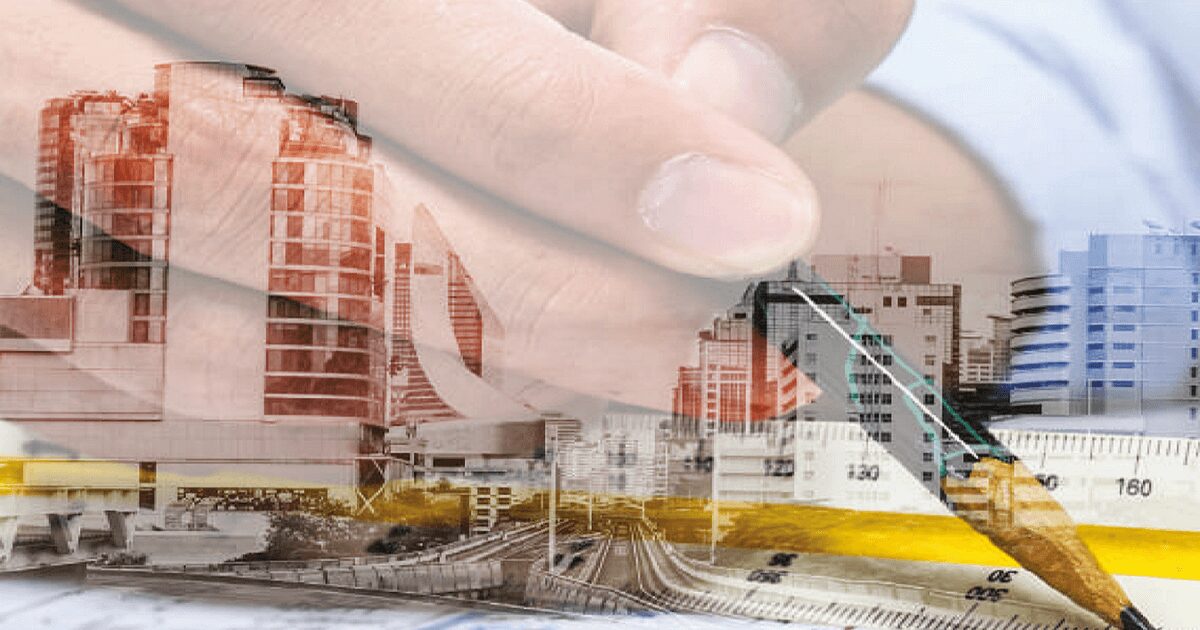Throughout the year, building proprietors must pay electricity bills, but their energy consumption typically varies according to the season. There is no question that summer is the worst season. During the summer, solar panels produce the most electricity, which serves to offset the high energy consumption of air conditioning systems. Unfortunately, each year the summer […]
As online purchasing and e-commerce become commonplace, the trend of converting spaces into warehouses has become more prevalent. To transform an empty space into a functional warehouse, certain steps must be completed prior to stocking it with inventory or shifting boxes around. Today, we will highlight ten essential factors to consider when designing a warehouse […]
Structural engineering is an ever-evolving field, with new technologies and materials continually being developed. This is leading to the development of novel and inventive methods for designing and constructing structures that are more efficient, safe, and sustainable. According to the World Economic Forum’s “The Future of Jobs 2016” report, we are during a fourth industrial […]
The technique of structural functionality evaluation based on natural frequency measurement is used to evaluate the dynamic behaviour and structural integrity of a structure. The natural frequency is the frequency at which a structure resonates in response to an external force or disturbance. This section describes how this evaluation procedure operates. Natural Frequency: Each structure’s […]
In construction, A shear key is a feature or element that is incorporated into the design of certain structures to increase their stability and resistance to horizontal forces, especially those resulting from seismic activity or soil movements. Here are the functions and applications of shear keys: The purpose of a shear key is to provide […]
Certain building design and construction practices can increase a structure’s capacity to withstand earthquake damage. Key considerations for earthquake-resistant structures include: Structural design: Buildings designed to withstand earthquakes generally integrate seismic design principles. This includes the use of structural systems like reinforced concrete frames, steel frames, and moment-resisting frames that can effectively distribute and disperse […]
Due to several factors, buildings are more likely to collapse than trees during an earthquake. Structural design: Buildings are designed to satisfy specific structural codes and standards to withstand a variety of forces, including seismic activity. Nevertheless, trees have evolved to be flexible and resistant to natural forces such as wind, but they are not […]
The construction industry is undergoing a profound transformation because of technological advancements. Here are five revolutionary technologies transforming the construction industry: BIM: Building Information Modelling is a digital representation of a construction project that combines 3D models, data, and collaborative tools. It enables project stakeholders to visualize, analyze, and simulate the construction process prior to […]
Effective time management is crucial in the construction industry to ensure projects are completed on schedule, within budget, and with high-quality results. Here are some key benefits of implementing effective time management practices in construction: Meeting deadlines:Time management enables construction projects to remain on schedule and meet crucial deadlines. By meticulously planning and organizing tasks, […]
Curing concrete in high temperatures necessitates special care to ensure proper hydration and avoid problems such as premature drying, cracking, and diminished strength. Here are some expert recommendations for curing concrete in humid weather: Start early and plan:Commence concrete placement and finishing in the early morning or late evening when temperatures are milder. To minimize […]











